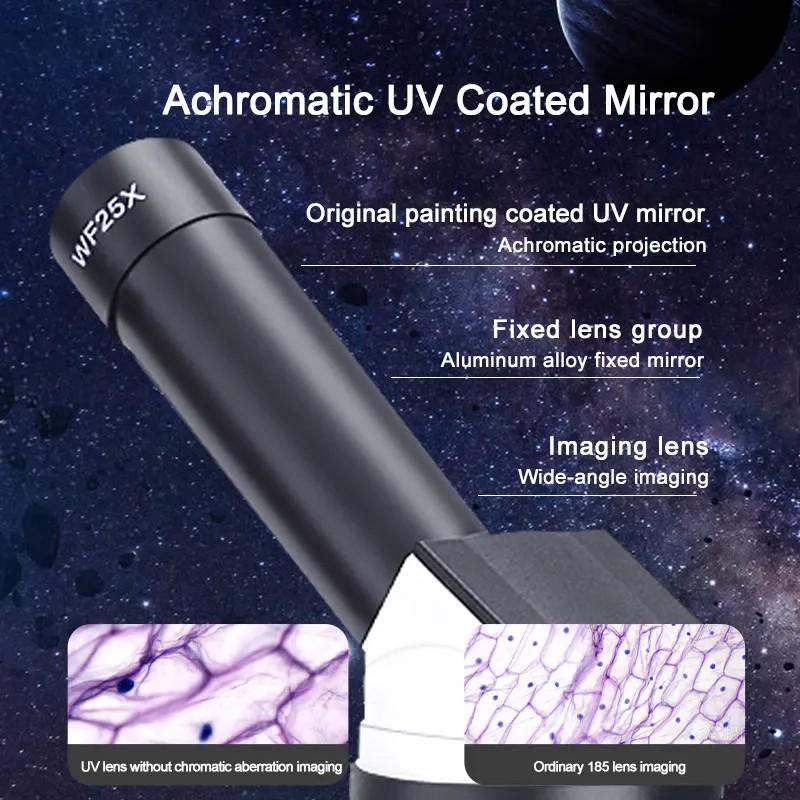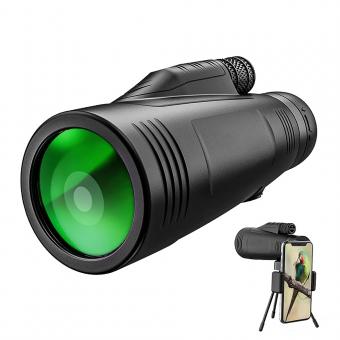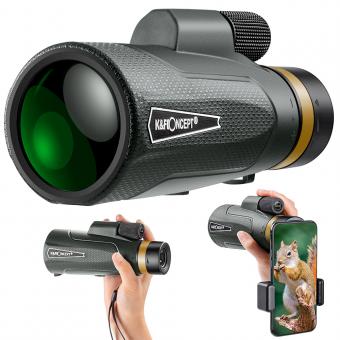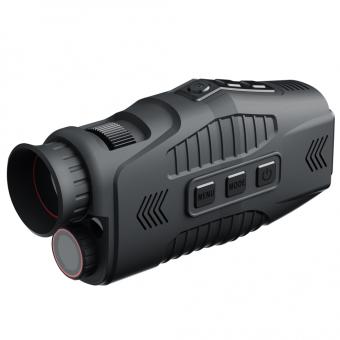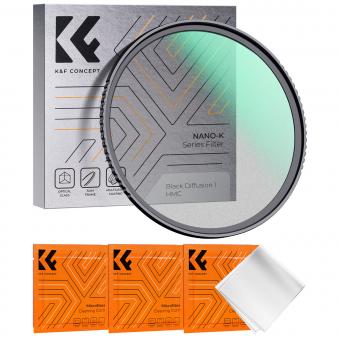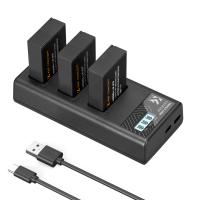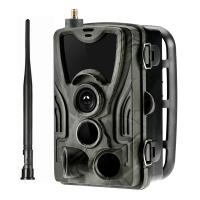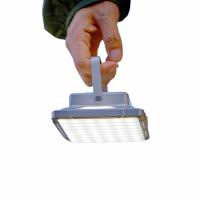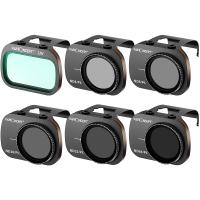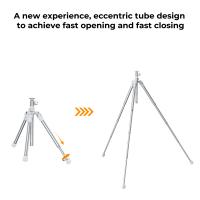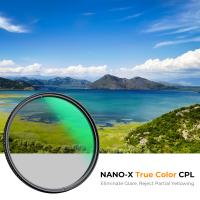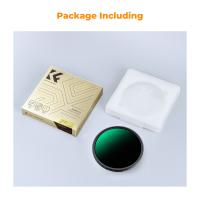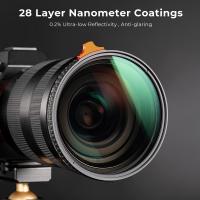How To Use Monocular ?
To use a monocular, hold it up to one eye and adjust the focus until the image is clear. Use the monocular to view distant objects, such as birds or landscapes. Keep the monocular steady and use your other eye to maintain depth perception. Some monoculars may have additional features, such as zoom or image stabilization, which can be adjusted according to the user's preferences.
1、 Adjusting the focus
How to use monocular? One of the most important aspects of using a monocular is adjusting the focus. This is because the monocular is designed to magnify distant objects, and if the focus is not adjusted properly, the image will be blurry and difficult to see.
To adjust the focus of a monocular, first, locate the focus wheel or knob on the monocular. This is usually located near the eyepiece and can be turned to adjust the focus. Next, look through the monocular at a distant object and turn the focus wheel until the image becomes clear and sharp.
It is important to note that different monoculars may have different focus mechanisms, so it is important to read the instructions that come with your specific monocular to ensure that you are adjusting the focus correctly.
Additionally, it is important to hold the monocular steady while adjusting the focus to prevent the image from becoming shaky or blurry. This can be achieved by using a tripod or stabilizing the monocular against a solid surface.
In recent years, monoculars have become increasingly popular for outdoor activities such as hiking, bird watching, and hunting. They are also commonly used for surveillance and security purposes. With proper focus adjustment and handling, a monocular can provide a clear and detailed view of distant objects.

2、 Holding and stabilizing the monocular
How to use monocular:
Holding and stabilizing the monocular is an important aspect of using it effectively. Here are some steps to follow:
1. Hold the monocular with your dominant hand and use your other hand to support it from underneath.
2. Keep your elbows close to your body to provide additional stability.
3. Use your fingers to adjust the focus wheel until the image is clear and sharp.
4. Keep both eyes open while using the monocular to maintain depth perception and reduce eye strain.
5. Use the monocular in a well-lit area to ensure maximum clarity and detail.
6. Practice using the monocular in different lighting conditions and distances to become familiar with its capabilities.
7. When using the monocular for extended periods of time, take breaks to rest your eyes and prevent fatigue.
It's important to note that the way you hold and stabilize the monocular may vary depending on the specific model and your personal preferences. Some monoculars may have additional features such as a tripod mount or a rubberized grip for added stability. It's always a good idea to read the manufacturer's instructions and experiment with different techniques to find what works best for you.
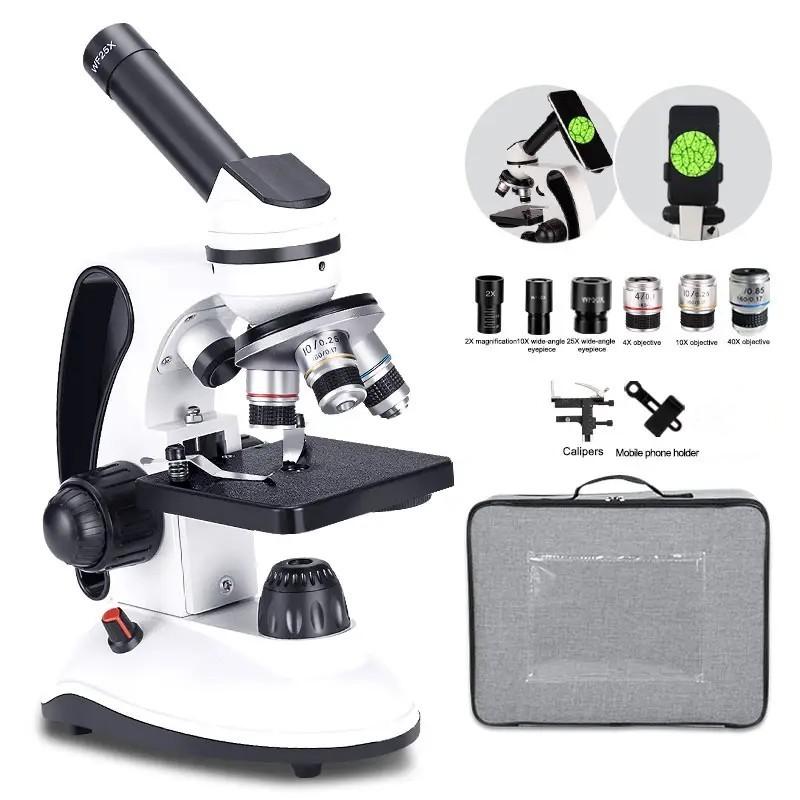
3、 Scanning and tracking objects
How to use monocular for scanning and tracking objects is a common question among outdoor enthusiasts, bird watchers, and hunters. Monoculars are a great tool for observing distant objects and tracking their movements. Here are some tips on how to use a monocular for scanning and tracking objects:
1. Adjust the focus: Before using the monocular, adjust the focus to get a clear image of the object you want to observe. Most monoculars have a focus ring that you can turn to adjust the focus.
2. Hold the monocular steady: To get a clear image, hold the monocular steady with both hands. You can also use a tripod or monopod to stabilize the monocular.
3. Scan the area: Start by scanning the area with the monocular to locate the object you want to observe. Move the monocular slowly and smoothly to avoid losing sight of the object.
4. Track the object: Once you have located the object, track its movements by following it with the monocular. Keep the object in the center of the monocular's field of view.
5. Use the latest technology: Some monoculars come with advanced features like image stabilization, night vision, and digital zoom. These features can make it easier to track objects in challenging conditions.
In conclusion, using a monocular for scanning and tracking objects requires patience, practice, and a steady hand. With the right technique and the latest technology, you can observe and track objects with ease.

4、 Understanding magnification and field of view
Understanding magnification and field of view is crucial when it comes to using a monocular. Magnification refers to the degree to which an object appears larger than its actual size. The magnification power of a monocular is usually indicated by a number followed by an "x" (e.g. 10x). This means that the object will appear 10 times larger than its actual size when viewed through the monocular.
Field of view, on the other hand, refers to the area that can be seen through the monocular at a given distance. A larger field of view means that more of the surrounding area can be seen, while a smaller field of view means that only a narrow area can be seen.
To use a monocular, first adjust the focus by rotating the eyepiece until the image appears clear. Then, adjust the magnification to the desired level by rotating the magnification ring. Finally, aim the monocular at the object of interest and adjust the focus as necessary.
It is important to note that using a monocular requires a steady hand and patience, as it can be difficult to hold the device steady and keep the object in view. Additionally, it is important to be aware of the limitations of the monocular, such as its limited field of view and the potential for image distortion at higher magnification levels.
In recent years, advancements in technology have led to the development of digital monoculars, which offer features such as image stabilization and the ability to capture photos and videos. These devices can be a useful tool for outdoor enthusiasts, birdwatchers, and anyone who wants to get a closer look at the world around them.
